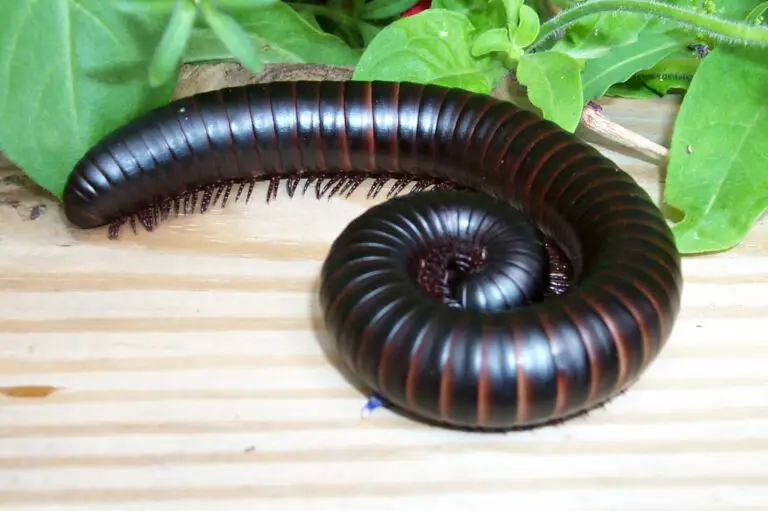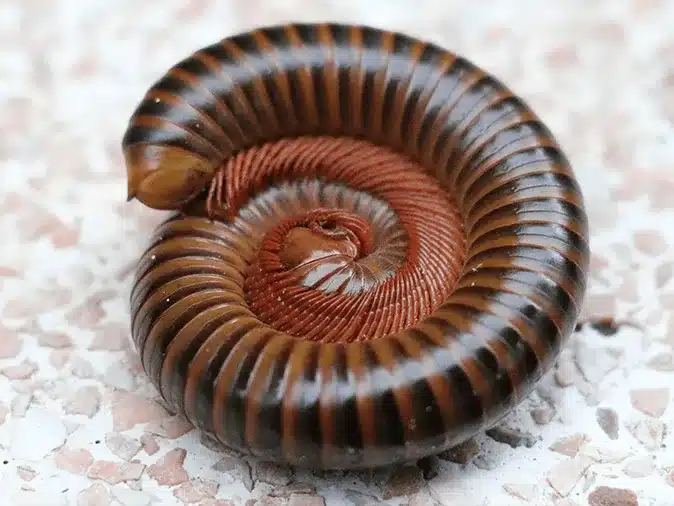A diplopod, or millipede, is an intriguing arthropod recognized for its elongated, segmented body and numerous legs. Often confused with centipedes, millipedes have distinct features and behaviors. They flourish in moist, dark environments such as under logs, rocks, leaf litter, and within soil, and can sometimes venture into homes, particularly damp areas like basements, crawl spaces, or bathrooms.
Millipedes primarily consume decaying plant material, serving a crucial ecological role in breaking down organic matter. By recycling nutrients, they enhance soil fertility, making them essential contributors to a healthy ecosystem.
Tips for Managing Millipede Encounters
If millipedes become an unwelcome presence in your space, there are practical steps to manage and prevent their intrusion:
- Reduce Moisture: Millipedes thrive in damp conditions. Address leaks, improve ventilation, and maintain dry areas to make your home less appealing to them.
- Clean Up: Remove decaying organic matter such as leaves and compost from around your property. Decluttering potential hiding spots also helps keep millipedes at bay.
- Seal Entry Points: Inspect your home for gaps, cracks, or openings, particularly near doors, windows, and foundations. Sealing these areas prevents millipedes from entering your living spaces.
- Use Traps or Pesticides: If infestations persist, consider using traps or insecticides designed for crawling insects. Always follow the manufacturer’s guidelines to ensure safe and effective application.
By implementing these strategies, you can effectively manage millipedes, appreciating their ecological value while maintaining a comfortable and pest-free home environment.







